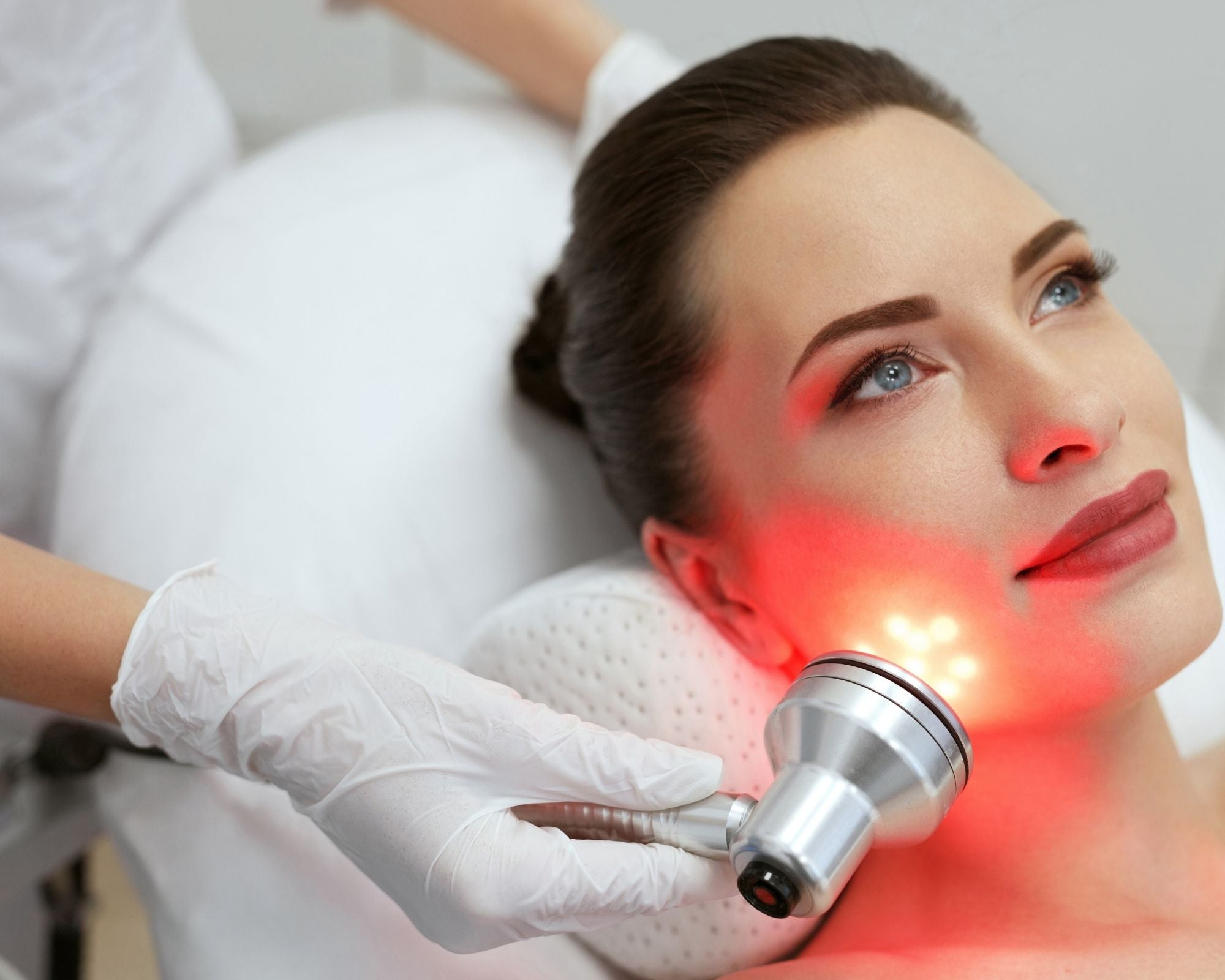What is red light therapy?
Red light therapy is a medical technique that stimulates the human body’s natural response to inflammation and pain, thereby treating these conditions. The most common form of red-light therapy is known as phototherapy. It uses ultraviolet (UV) light, which has an energy of between 280 and 380 nm to cause excitatory reactions in cells. This technology has been commonly used for decades to treat some of the more severe symptoms of arthritis and chronic back pain.
Causes
The answer lies in our understanding of the role of photoreceptors — molecular machines capable of absorbing UV radiation and converting it into visible light, using the same mechanism that converts blue light into green light, and transmitting that energy through a range of wavelengths of electromagnetic waves.
Why does this work?
A single cell can respond to hundreds of photons, which in turn activate genes and proteins that give our cells their vital function. In the case of arthritis, for example, pain signals are sent to cells that produce prostaglandins. These trigger molecules are known as adenosine triphosphate receptors (ATPR).
By activating these molecules in the joints where these cells are stimulated, pain signals are conveyed down the spinal cord, where they pass into the central nervous system, triggering brain-controlled responses. As well as this, red light also has an effect on the way our skin looks. When we expose ourselves to ultraviolet light, we create oxidative stress that affects the production of melatonin and serotonin, hormones that regulate sleep and mood. But when our bodies respond positively to sunlight, the production of melatonin levels increases, as does serotonin level.
Effects of oxidates stress.
The presence of certain nutrients like vitamin A and D also helps to inhibit the effects of oxidative stress, which has been linked to depression and dementia. Red light therapy also appears to reduce fatigue risk.
Finally, and perhaps most important, red-light therapy has been found to be helpful in relieving migraine headaches. A 2015 study published in JAMA Psychiatry had participants do two treatments: one with ultraviolet light on an eye patch, and one without. They then tested participants’ headache intensity and their muscle strength. After all, three treatments, the results revealed that those who had a sham treatment reported having fewer headache attacks, a faster recovery time than those who completed the treatment at full intensity and then sham treatment.
In addition, another 2014 study published in BMJ Scientific delved how long a red-light massage might relieve headaches for people with migraines, chancing them relieved within four hours of being treated.
How Does It Work?
A Red light therapy device can offer treatment for several conditions similar as arthritis, heart complaint, habitual pain, and diabetes. It's generally given to adults suffering from these conditions for between six months and one year. There's no substantiation that its salutary goods have been duplicated in children and youthful grown-ups — in fact, studies show that it may be just as effective as standard treatments.
The typical red-light unit consists of five shafts of ultraviolet light that cover 150 forever each. Each ray is divided into 8 parts, and the length of each member is 100 micrometers. Each member of light can travel for a height of 12 or 15 centimeters depending upon the wavelength that it travels. Still, in numerous cases, the ray is resolve into multiple parts that each contain four light shafts totaling up to 16 million prints and 1 billion photons. Of these portions, some photons no way directly strike the cells that induce energy. Rather, the light interacts with the face of the skin (the epidermis), causing the release of ultraviolet energy, creating a photoelectric effect as a result of which the cells are stimulated.
This process is responsible for producing natural changes in both the case and the terrain, allowing for an increase in mending by releasing endorphins, dopamine, and gamma-aminobutyric acid. However, the shafts access into the retina of the eye, If the ultraviolet energy reaches the eyes. You should always where eye protection when using red light therapy.
Effects of UV Radiations.
The violent UV light makes the watery substance present in the eyes break down the lipid membrane. As the lipids begin to break down, they're absorbed into the bloodstream and transported throughout the body. Since red light is veritably violent, red light can actually damage the membranes of the cells. Thus, the vulnerable system of the body is actuated — leading to the conformation of white blood cells and an affluence of lymph, cells. With increased mending comes increased blood inflow, further helping the body to repair itself and recapture mobility and independence.
The use of phototherapy for habitual pain is especially salutary as it has been proven from multitudinous clinical trials that a short course of injections of ultraviolet light can give immediate relief of acute pain while avoiding the threat of opioid abuse and dependence. From this, it can also be derived as to why there's a need for further effective ways to help millions of people with habitual pain and related diseases.
This is where red light remedy can be particularly helpful. Not only can it help with relieving pain, but it's also extensively seen to ameliorate the overall health of individualities. Also, red light therapy has also been observed to affect the mind and actions of cases suffering from anxiety, and wakefulness, while adding passions of well- being, perfecting sleep and mood, reducing cognitive impairment or memory loss, and indeed furnishing-aging benefits.
This article is not to be used as medical advice. You should always speak to a health practitioner before using any red light therapy devices. The statements on this website or in this blog have not been evaluated by any health professional. The information provided in this blog is not intended to cure, treat, diagnose or prevent any disease and should not be construed as medical advice.



